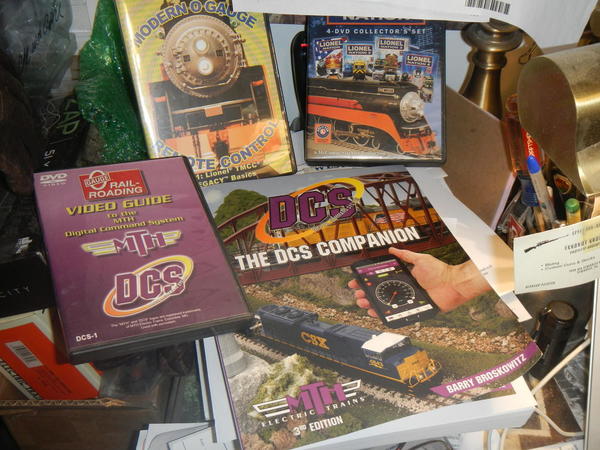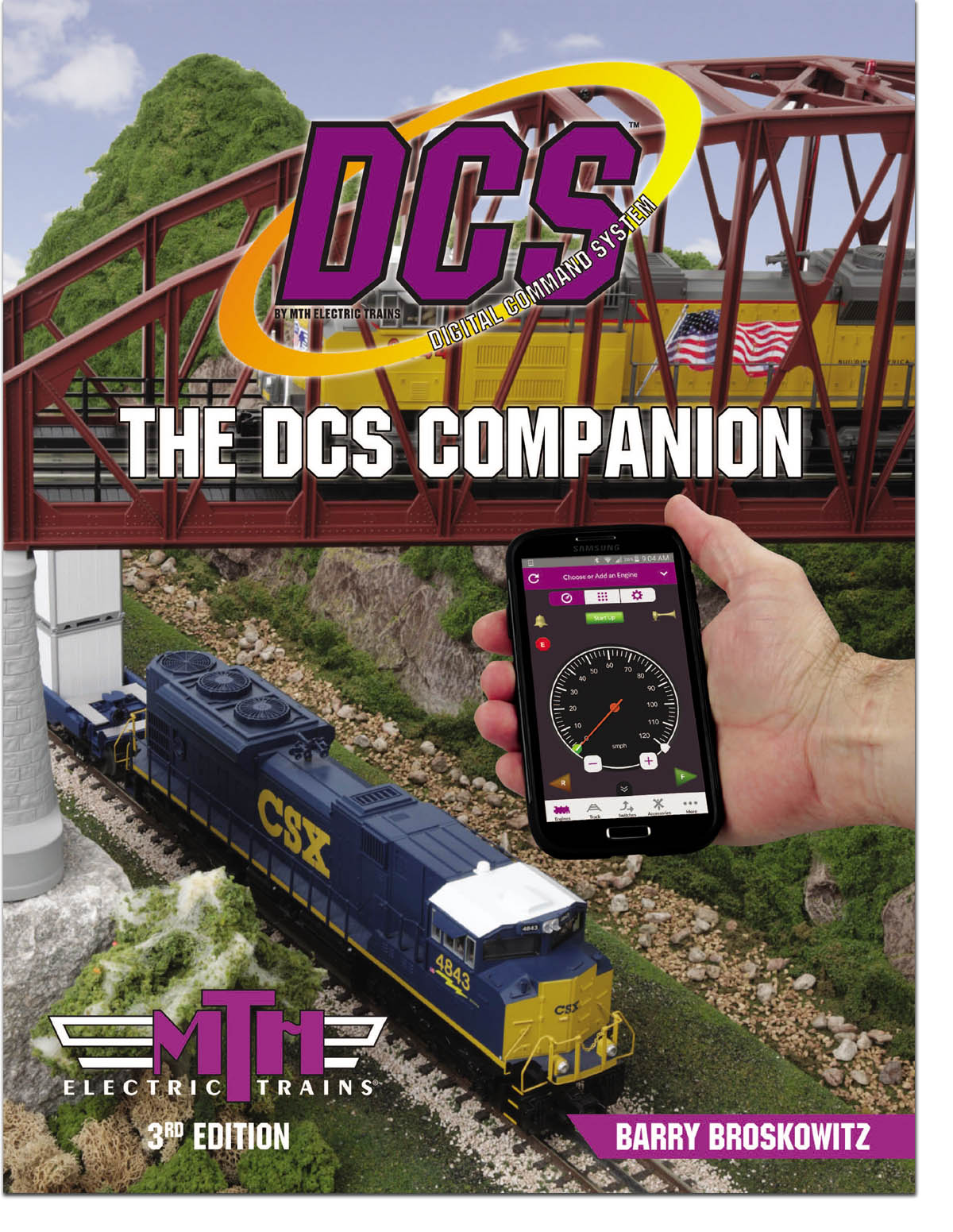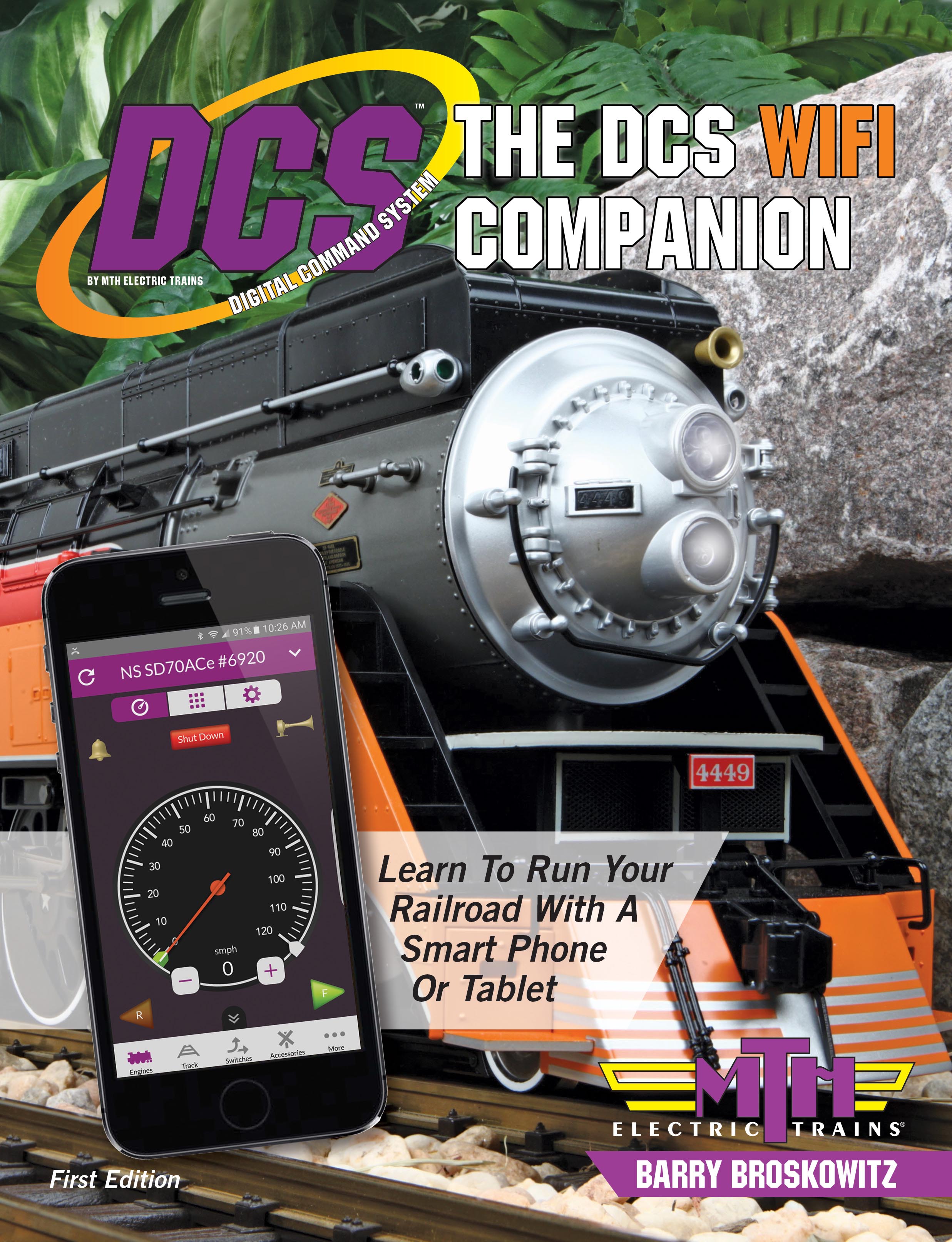J.R.,
It's another serious Myth that FasTrack has poor connections that degrade signal strength, like any other Track just make sure the connecting pins are placed correctly while building and test while you build. I grant you the newer FT is not made with the same QC as the 1st and 2nd Generation FasTack, if you get some bad pieces of FT, return them to where you purchased them, and get them exchanged. If you possibly can pick up as much of the older 1st Generation FasTrack with the Black Center rail, its was made perfectly and seems to never have any problems. If I see this 1st generation FasTrack here in the Pittsburgh, Pa area at the Train shows, I usually purchase it. Most times at a great price.
The wire length myth was dispelled long ago, however using good Multi Strand wire IMO is seriously important engineering for good DCS signal on a longevity basis.
As we found out long ago, it's not the length of Track that degrades DCS signal, it's definitely Track Joins. I use as many long sections of FasTrack on my layouts as possible. In fact our new over head layout has as many as I could engineer into it. Unfortunately now these 3' sections have become expensive, glad I never sold any of my 2nd generation stuff as I built different layouts and had them left over from time to time.
Never worry about switches, we do not even test for signal strength any more around them. Just make sure they function properly with your Legacy HHRC and everything works out perfectly, as far as actual running. Test every FTCC Switch as you build however.
If you plan to run Tin Plate Trains or lots of Steam Engines on your FT, engineering your layout with nothing less than 048 FTCC Switches for the sidings and 060's for the main line will eliminate most running problems thru out your FT layout. Remember however there are engines that run on only 072 and larger curves. Engineer for these from the get go, if you have these big engines.
If you plan on running original Tin Plate, the Z4k Transformer with it's Side Receiver Capability and the DCS TR function, will run your old Tin Plate Trains smoother than you can actually imagine possible, just incredible engineering control for original Tin and other post war Conventional's also.
Lots to learn about building a new layout, I highly recommend Barry's DCS O gauge companion, and the OGR Video Guide to DCS.
Further if you need help and have questions, ask them here on the OGR we have some of the most knowledgeable/experienced people in the hobby right here and they are nice enough to give advise on anything in our hobby.
PCRR/Dave







